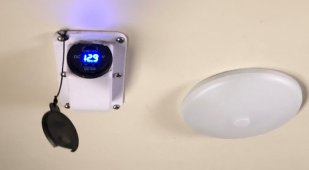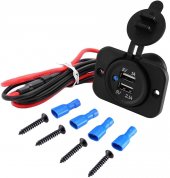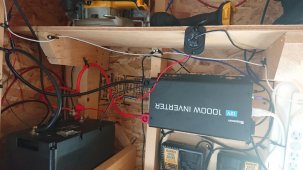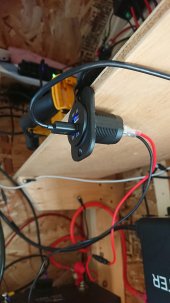chrisski
Solar Boondocker
- Joined
- Aug 14, 2020
- Messages
- 5,192
Not a solar stall directly, but I was having trouble figuring and "aesthetic" installation of a USB port on a short ceiling. I'd searched for weeks before deciding.
Have been wanting to install a USB charging port in the kids bunk, and I've decided to tap into the light to avoid tearing a wall up to run another line from the battery. I did not see a "Gang Box" for a single USB charging socket. I looked far and wide for cases, but I could not find one. After weeks of looking, I found a single cable Gland for roof entry that the measurements fit. I had been close to using polymorph plastic to build my own.
Here is the end product I will be installing in the RV bunk ceiling tomorrow.
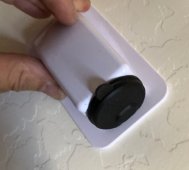
Here's some other pics of the pieces:
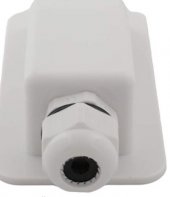 <--Single Entry Cable Gland
<--Single Entry Cable Gland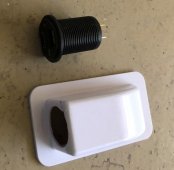 <--The Charge Socket and Gland Trimmed
<--The Charge Socket and Gland Trimmed
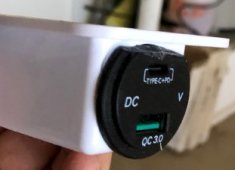
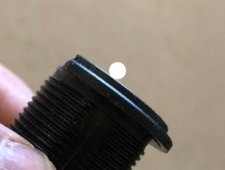 <--A Couple pics of the trimming
<--A Couple pics of the trimming
 <--Another pic.
<--Another pic.
Have been wanting to install a USB charging port in the kids bunk, and I've decided to tap into the light to avoid tearing a wall up to run another line from the battery. I did not see a "Gang Box" for a single USB charging socket. I looked far and wide for cases, but I could not find one. After weeks of looking, I found a single cable Gland for roof entry that the measurements fit. I had been close to using polymorph plastic to build my own.
Here is the end product I will be installing in the RV bunk ceiling tomorrow.

Here's some other pics of the pieces:
 <--Single Entry Cable Gland
<--Single Entry Cable Gland <--The Charge Socket and Gland Trimmed
<--The Charge Socket and Gland Trimmed
 <--A Couple pics of the trimming
<--A Couple pics of the trimming <--Another pic.
<--Another pic.



